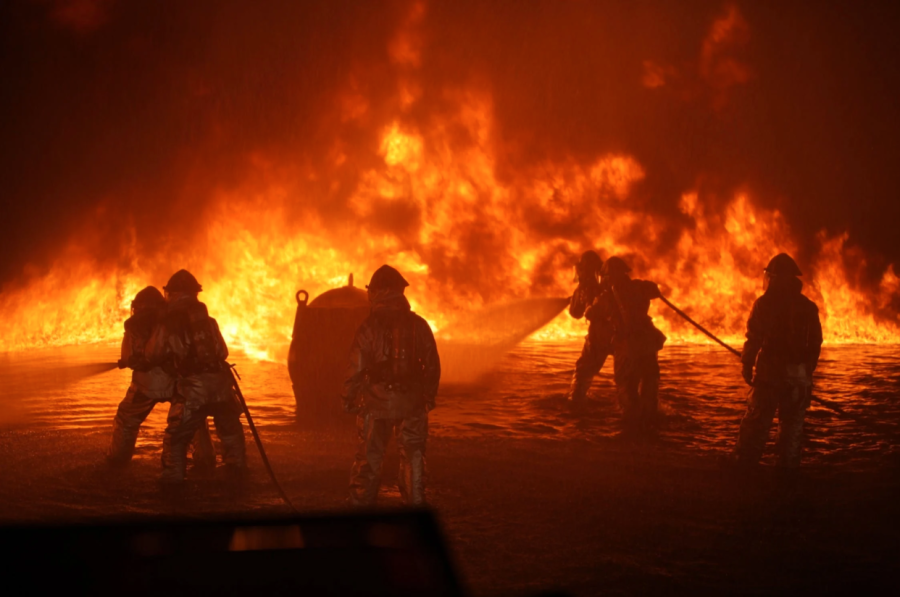2022 has made the list of the top ten hottest years ever recorded in history. It comes as no surprise that future temperatures are predicted to keep climbing the charts.
Extreme weather is one of the many repercussions of climate change and across the globe, temperatures are rising. Most notably this year, heat waves have devastated a number of countries.
The United Kingdom broke the record for hottest weather ever recorded in its history. As the energy demand skyrocketed, Europe’s nuclear plants shut down because the reactors couldn’t cool down enough. The three heat waves caused thousands to flee wildfires in France and suspended certain U.K. flights due to the runway melting. China cut back electricity use in factories because roofs were melting, roads cracking, and people bunkered in air-raid shelters to escape the heat. There was severe rain and catastrophic flooding experienced in South Africa. Heat and wildfires destroyed crops and caused blackouts across Tunisia, India, and Pakistan. Record heat at both poles was observed in March. These extreme events aren’t strictly climate change issues, they are humanitarian issues too.
Extreme heat has been the leading weather related cause of death in the U.S. for thirty years. Black, Indigenous, and people of color are affected disproportionately in extreme heat mortality. Poor city planning has created “urban heat islands” where greenery has been replaced by pavement and other materials absorbing heat. Redlining and housing discrimination left Black and Hispanic communities exposed to these areas.
Latino migrant workers make up around 75% of agricultural jobs, of which are 20 times more likely to die from heat related illnesses compared to other U.S. jobs. Low income households have trouble affording cooling centers or air conditioning costs. Minority groups face health risks due to inequalities in healthcare access, good insurance, and healthy food. These trends can be seen around the world. Energy and food prices are harming the poorest and wealthier nations and aren’t helping less developed countries convert to renewable energies like they had planned to. Those who have the most power and influence are failing the people.
Industrialized countries like the United States and those in Europe have been dragging their feet to cut ties with fossil fuels. These countries are the biggest culprits for the generations of greenhouse gasses in the atmosphere. They should be taking the lead on climate action and act as a blueprint to convince other countries that it is possible to do better. This could be achieved if it wasn’t for the fossil fuel industry undermining all attempts of progress. Building more green infrastructure that’s able to withstand heat, droughts, wildfires, and other hazards created by global warming won’t be enough. Although a positive step, it’s a tiny bandaid on a massive wound.
This extreme heat is a global health threat, exacerbated by human-caused climate change. While always carrying a hand-held fan may be smart, there’s more that can be done. Not everything can be solved through individual action, politicians have power. However, individuals can make their voice known by calling or speaking to local officials, protesting destructive plans, and voting.





















































































